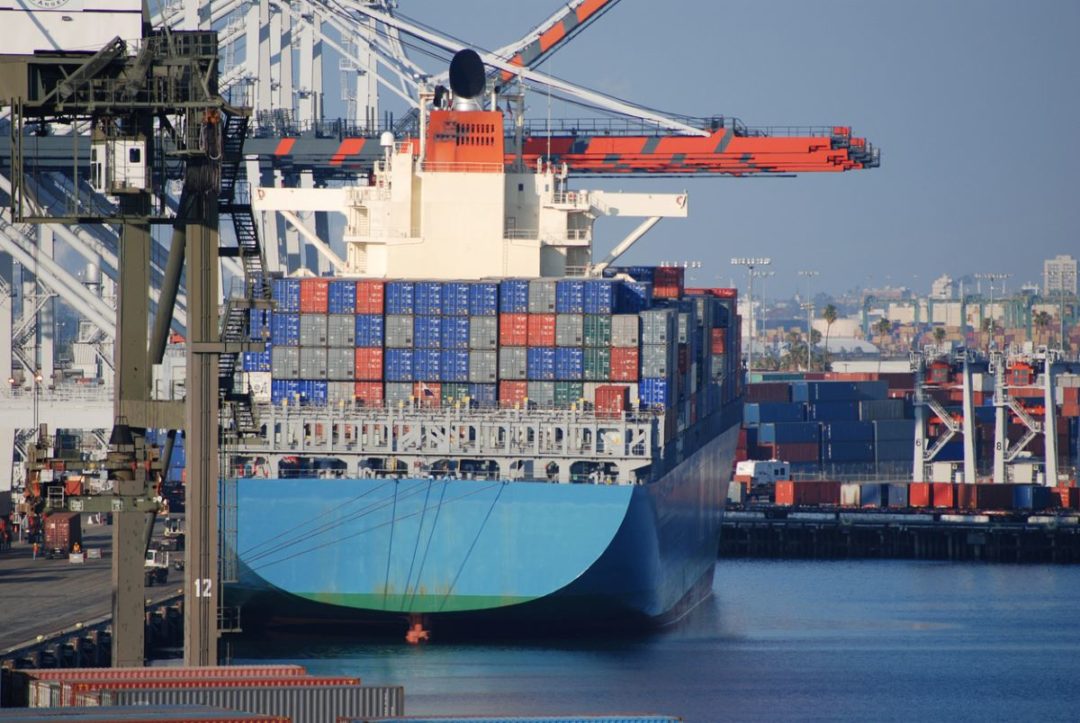
Visit Our Sponsors |
|
|
|
|
|
|
|
|
|
|
|
|
|
|
|
|
|
|
|
|
|
|
|
|
|
|
|
|
|
|
|
|
|
|
|
|
|
|

Port of Los Angeles. Photo: iStock.com/jgroup
Cargo volumes at The Port of Los Angeles during April 2023 were down 22% compared to a year earlier, although volumes have been rising again since February.
The Port of Los Angeles processed 688,110 Twenty-Foot Equivalent Units (TEUs) during April 2023, a steep decline compared to the 887,357 TEUs the port handled during April 2022.
Port of Los Angeles executive director Gene Seroka said that the port has been on an "upward trajectory" for the last two months. From February 2023 to March 2023, the number of TEUs handled by the port rose by 28%, from 487,846 units to 623,234 units, growing a further 10% from March to April.
Seroka said during a May 18 media briefing that he believed the trend will continue in May, projecting the port will reach or exceed 700,000 TEUs for the month.
The number of loaded imports topped out at 343,689 TEUs for April 2023, a 25% drop-off compared to April 2022. Loaded exports fell 12% year-on-year, to 88,202 TEUs during April 2023. Also, the Port processed 256,220 empty TEUs during April 2023, a 23% decrease when compared to April 2022.
Through the first four months of 2023, the Port of Los Angeles has handled over 2.5 million TEUs, 29% less than the same period in 2022 which had the best-ever four-month start for the port. “Undoubtedly, it’s been a challenging year so far,” Seroka explained. “That said, we’ve got capacity and are ready for more throughput in the months ahead.”
Looking ahead, Seroka said one potential roadblock is that the United States is continuing to deal with lingering inflation coupled with rising interest rates. He also pointed out that warehouses across the country have been weighed down with aging inventory, and that the ongoing west coast labor negotiations have been “weighing on the marketplace.”
He added that Maersk, one of the port’s largest ocean carriers, has been forced to temper volume expectations for the remainder of the year, after announcing in February that it expects global demand for shipping containers by sea to fall by as much as 2.5% as a build up in inventories is unwound.
“With respect to inventory levels, the replenishment cycle has yet to kick in,” Seroka said. “Once we see a reduction in warehouse surpluses, there will be opportunities for increased import levels. So far, it’s been relatively stagnant.”
RELATED CONTENT
RELATED VIDEOS
Timely, incisive articles delivered directly to your inbox.

